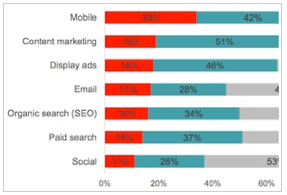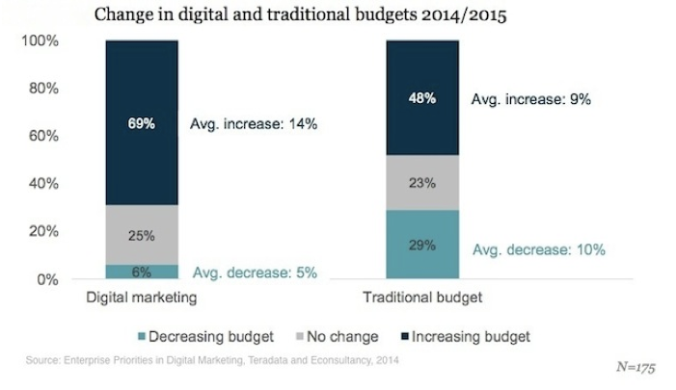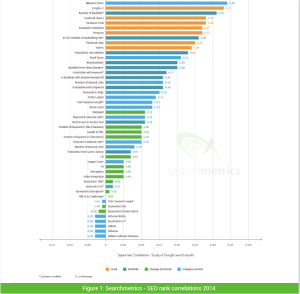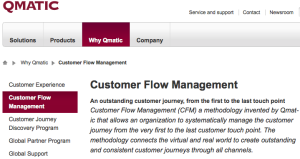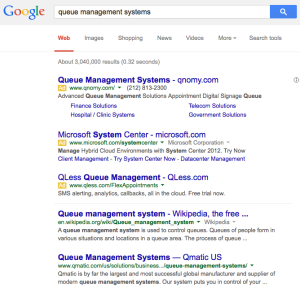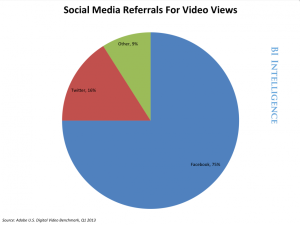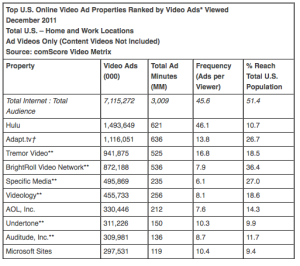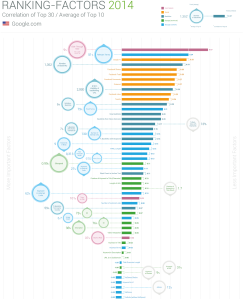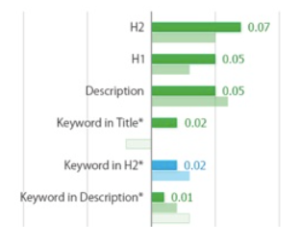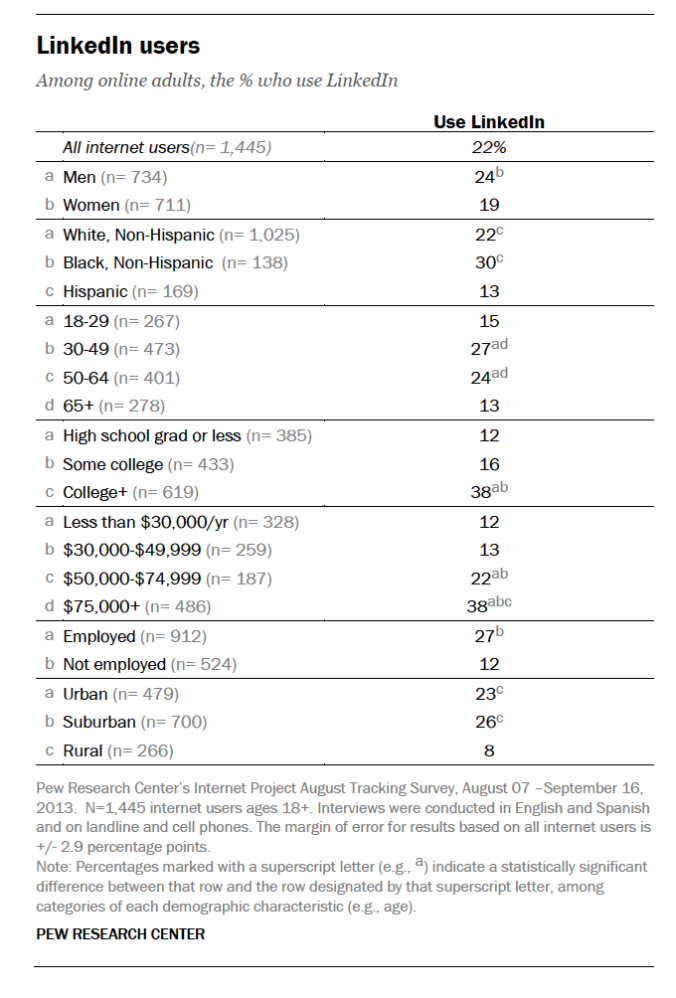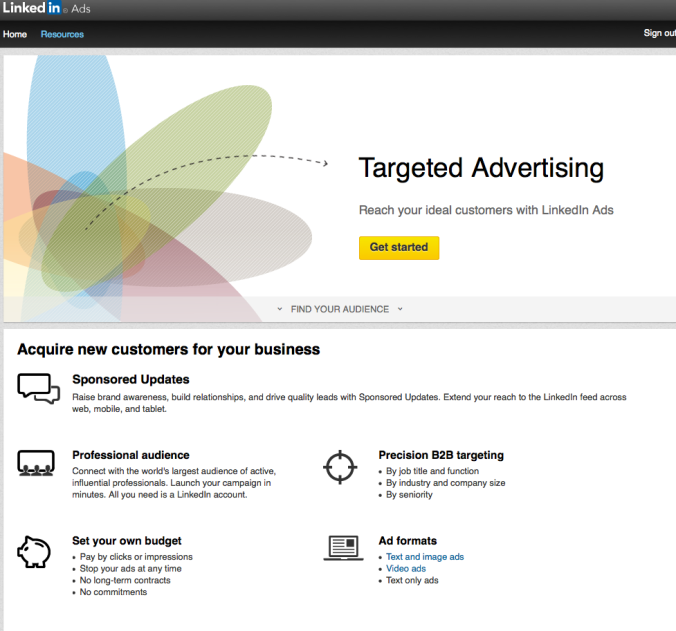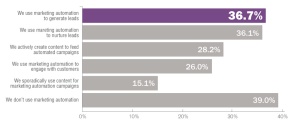I read a great article this week from the editor of Target Magazine that provided me inspiration for a fitting topic on my last Blog in IMC 619 Emerging Media. The magazine and article is geared toward direct marketers, which is how I spend a significant amount of time in my job, so it was relevant on several fronts. The article poses two questions to its readers:
- Do you feel like you’re innovating in your company?
- Do you feel like you’re able to effectively adopt the innovations you see other marketers implementing?
These are important questions for all marketers. Let’s face it, there’s a lot of innovation going on but the marketers who can act on innovation are the ones who excel. Today’s marketing emphasis on data, content marketing and new technology may seem like what we as marketers have been doing for years, but they is not. And this is a main reason why I am studying for a Masters in Integrated Marketing Communications, because the fundamentals of marketing have changed with the emerging technology and I don’t want to be left behind.
Emerging technology affects all levels of marketing. In a study based on a survey conducted in July 2014 of 402 senior marketers from global companies with more than $500 million in revenue (56% with revenues over $3 billion), some 69% of senior marketers at these companies anticipate an increase in digital spend beyond inflation in 2015, and only 6% foresee a decrease, according to a recent report from Teradata and Econsultancy.
Also, these same enterprise marketers expect digital budgets to increase roughly 10% annually for the next five years, with average digital spend reaching 40% of total budgets by 2019, according to the report.
Looking at 2015 budgets compared to 2014, they anticipate significant changes in the area of mobile, content marketing and display ads. To see the full results from this report, click here.
Also this week, Kirk Perry, Google’s president of global client and agency solutions, told the audience at the Association of National Advertisers’ “Masters of Marketing” conference in Orlando, Fla that he understood marketers’ long dedication to the craft of television advertising, but that these days marketers had to think more digitally. Granted, Mr. Perry works for Google, but his career was made as a TV advertising executive Procter and Gamble and he only recently joined Google at the end of 2013. He told the conference audience about how in one of his last marketing campaign meetings at P&G, the group spent 80% of the meeting time discussing TV and the latter 20% on repurposing the campaign components to place into a banner ad for online. He emphasized that marketers should be thinking about digital advertising first and not just tacking it on at the tail-end of a meeting.
So for the marketers like me who have many years of traditional marketing experience, we need to make our own personal digital transformation like Kirk Perry and know that we will be obsolete if we don’t. If you doubt this, just think about how Google has quickly become an advertising giant in recent years and now accounts for more than 10% of all advertising spending in the U.S., according to eMarketer. Take a look at the following info graphic to see if your marketing skills are where they need to be in today’s technological world:

